Home>Maintenance & Safety>Pest Control Solutions>Where Do Yellow Jackets Live
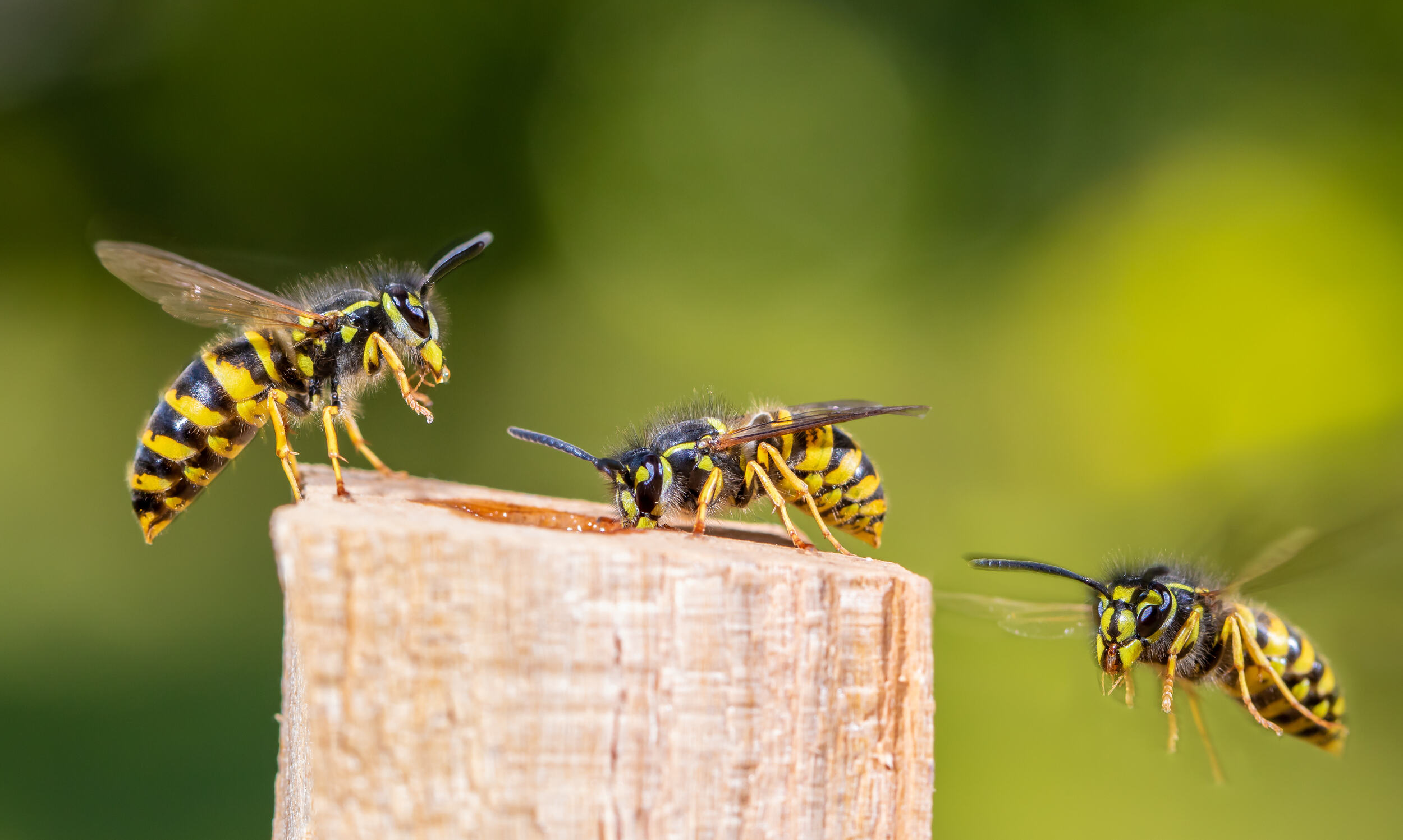

Pest Control Solutions
Where Do Yellow Jackets Live
Modified: August 27, 2024
Discover effective pest control solutions for yellow jackets and learn about their habitats. Find out where yellow jackets live and how to keep them away.
(Many of the links in this article redirect to a specific reviewed product. Your purchase of these products through affiliate links helps to generate commission for Storables.com, at no extra cost. Learn more)
Introduction
Yellow jackets are a common sight during the warmer months, buzzing around picnics, gardens, and outdoor events. These distinctive black and yellow insects are known for their aggressive behavior and painful stings, making them a nuisance for many people. Understanding the habits and habitats of yellow jackets is essential for effective pest control and for minimizing potential encounters with these stinging insects.
Yellow jackets belong to the Vespula and Dolichovespula genera and are a type of predatory wasp. They are often mistaken for bees due to their similar appearance, but they have a more slender body and a distinct lack of body hair. These insects play a crucial role in the ecosystem as they are voracious predators of other insects, helping to control pest populations. However, their nesting habits and defensive nature can bring them into conflict with humans.
In this article, we will delve into the fascinating world of yellow jackets, exploring their habitat, nesting behavior, and interactions with humans. By gaining a deeper understanding of these insects, readers can learn how to coexist with them peacefully and implement effective pest control strategies when necessary. Let's embark on a journey to uncover the secrets of these remarkable yet sometimes troublesome creatures.
Key Takeaways:
- Yellow jackets can live in various places, from forests to urban areas, and build their nests in sheltered spots like attics and wall voids. Understanding their habitats helps in pest control and avoiding stings.
- Yellow jackets are social insects with a queen leading the colony. They scavenge for food and defend their nests, so it’s important to be cautious and seek professional help for nest removal.
Read more: Where To Watch Yellow Jackets Free
Habitat of Yellow Jackets
Yellow jackets are highly adaptable insects that can thrive in a variety of habitats, ranging from forests and meadows to urban and suburban areas. These versatile insects are found throughout North America, with different species exhibiting preferences for specific environments. While their habitats may vary, yellow jackets share common characteristics in their nesting and foraging behaviors.
-
Natural Habitats: Yellow jackets are often found in wooded areas, where they can build their nests in hollow trees, underground burrows, or within rock crevices. They are also known to inhabit meadows, grasslands, and other open spaces where they can forage for food.
-
Urban Environments: In addition to natural settings, yellow jackets are frequently encountered in urban and suburban areas. They are drawn to human habitation due to the availability of food sources such as garbage, sugary drinks, and outdoor meals. They can establish nests in residential yards, parks, and even within the walls of buildings.
-
Nesting Sites: Yellow jackets are resourceful nest builders, utilizing a variety of materials to construct their homes. They often seek out sheltered locations, such as attics, wall voids, and eaves of buildings, where they can build their paper-like nests. These nests can grow to significant sizes, housing thousands of individuals.
-
Climate Preferences: While yellow jackets are adaptable, they tend to thrive in temperate climates. They are most active during the warmer months, with peak activity occurring in late summer and early fall. However, some species have been known to survive in colder regions by seeking shelter during the winter months.
-
Foraging Range: Yellow jackets are opportunistic foragers, scavenging for food in a wide radius around their nests. They are attracted to sugary substances, protein-rich foods, and carrion. This scavenging behavior often brings them into close proximity with human activities, leading to potential conflicts.
Understanding the diverse habitats where yellow jackets thrive is essential for implementing effective pest control measures. By recognizing their nesting preferences and foraging behaviors, individuals can take proactive steps to minimize interactions with these insects and reduce the likelihood of stings. Additionally, being aware of the environments where yellow jackets are commonly found can aid in the development of targeted pest management strategies to mitigate their impact on human activities.
Nests of Yellow Jackets
Yellow jackets are renowned for their impressive nest-building abilities, constructing intricate and resilient structures that serve as their homes and breeding grounds. These nests are a testament to the resourcefulness and adaptability of these remarkable insects, providing them with shelter, protection, and a centralized location for rearing their young.
The construction of a yellow jacket nest begins in the spring when the queen emerges from hibernation and searches for a suitable site to establish her colony. Once a location is chosen, typically in a sheltered area such as an underground burrow, hollow tree, or within the walls of a building, the queen begins the arduous task of building the initial nest structure. This initial phase involves the queen chewing wood fibers and mixing them with saliva to create a papery pulp, which forms the foundation of the nest.
As the colony grows, worker yellow jackets take over the responsibility of expanding and maintaining the nest. They diligently gather wood fibers, plant material, and other available resources to continue building and fortifying the nest structure. The result is a multi-layered, hexagonal comb made of papery material, providing compartments for housing the developing larvae and pupae.
The nest's outer shell serves as a protective barrier, shielding the interior from the elements and potential threats. This outer envelope is constructed with multiple layers of paper, offering insulation and structural support for the expanding colony. The nest's size can vary significantly, with some reaching the size of a basketball or even larger in the case of established colonies.
The interior of the nest is a bustling hub of activity, with worker yellow jackets tending to the needs of the developing brood and maintaining the nest structure. The queen, focused on egg-laying and colony leadership, resides at the heart of the nest, ensuring the continuity and growth of the colony.
It's important to note that disturbing a yellow jacket nest can provoke a defensive response from the colony, leading to aggressive behavior and the potential for stings. Therefore, it is crucial to exercise caution and seek professional assistance when dealing with established nests to minimize the risk of confrontations and stings.
In summary, the nests of yellow jackets are marvels of engineering, serving as the epicenter of their colonies' activities and life cycles. Understanding the intricacies of nest construction and the dynamics of colony development is essential for implementing effective pest control strategies and minimizing potential conflicts with these industrious insects.
Behavior of Yellow Jackets
Yellow jackets exhibit a complex array of behaviors that are shaped by their social structure, foraging habits, and defensive instincts. Understanding these behaviors is crucial for navigating interactions with these insects and implementing effective pest control strategies.
Social Structure
Yellow jackets are social insects, living in colonies with a well-defined hierarchy. Each colony is led by a queen, whose primary role is egg-laying and colony leadership. Worker yellow jackets, sterile females, are responsible for tasks such as foraging, nest maintenance, and caring for the developing brood. The colony's survival and growth depend on the coordinated efforts of its members, with each individual fulfilling a specific role within the social structure.
Read more: What Do Yellow Jackets Eat
Foraging and Feeding
Yellow jackets are opportunistic foragers, scavenging for food to sustain the colony. They are attracted to a wide range of food sources, including sugary substances, protein-rich foods, and carrion. Their scavenging behavior often brings them into close proximity with human activities, leading to potential conflicts. During the warmer months, yellow jackets can become particularly aggressive in their search for food, making outdoor gatherings and picnics prime targets for their foraging expeditions.
Defensive Instincts
When the colony perceives a threat, yellow jackets can exhibit aggressive defensive behavior. They are known for their ability to sting repeatedly, making them formidable adversaries when provoked. Disturbing a yellow jacket nest or encroaching on their foraging territory can trigger a defensive response from the colony, leading to swarming and stinging incidents. It is essential to exercise caution and avoid provoking these insects to minimize the risk of stings and potential allergic reactions.
Reproductive Behavior
Reproductive behavior in yellow jackets is centered around the queen's role in egg-laying and colony expansion. Mated queens overwinter and emerge in the spring to establish new colonies. Once a suitable nesting site is found, the queen begins laying eggs, giving rise to the first generation of worker yellow jackets. As the colony grows, the queen's focus shifts to egg production, ensuring the continuity and expansion of the colony.
Nest Defense
Protecting the nest is a top priority for yellow jackets, and they will vigorously defend it against perceived threats. The colony's defensive behavior is triggered by disturbances near the nest, prompting aggressive responses from the inhabitants. This defensive instinct is a crucial aspect of their behavior and serves to safeguard the colony's survival.
By gaining insights into the behavior of yellow jackets, individuals can adopt proactive measures to minimize potential conflicts and implement targeted pest control strategies. Understanding their social dynamics, foraging patterns, and defensive instincts is key to fostering coexistence while mitigating the impact of these industrious insects on human activities.
Read more: What Scent Do Yellow Jackets Hate
Interactions with Humans
Yellow jackets are known for their frequent interactions with humans, often leading to conflicts and concerns regarding stinging incidents. These interactions can occur in various settings, ranging from outdoor recreational areas to residential properties, where the presence of these insects can disrupt activities and pose potential risks to individuals.
During the warmer months, when yellow jackets are most active, outdoor gatherings, picnics, and barbecues become prime locations for human-yellow jacket encounters. The insects are drawn to these settings by the abundance of food sources, including sugary drinks, fruits, and protein-rich foods. Their scavenging behavior can result in unwelcome interruptions and, in some cases, lead to stinging incidents when individuals inadvertently disturb foraging yellow jackets.
In residential areas, yellow jackets can establish nests in close proximity to human dwellings, leading to heightened concerns about safety and potential confrontations. Nests built within wall voids, attics, or outdoor structures can pose risks to homeowners and occupants, especially when the colonies become defensive and perceive human activities as threats to their nesting sites.
The presence of yellow jackets in outdoor spaces, such as gardens, yards, and recreational areas, can also impact individuals' ability to enjoy these spaces without the fear of encountering aggressive insects. This can lead to a decrease in outdoor activities and a general sense of unease when navigating areas where yellow jackets are known to frequent.
Furthermore, individuals with allergies to insect stings face heightened risks when coming into contact with yellow jackets. For these individuals, a single sting can trigger severe allergic reactions, making it essential to minimize the likelihood of encounters with these insects.
Effective pest control measures and proactive strategies are essential for managing interactions between yellow jackets and humans. By identifying and addressing potential nesting sites, implementing deterrents, and adopting practices to minimize attractants, individuals can reduce the likelihood of conflicts with these insects. Additionally, seeking professional assistance for the safe removal of established nests can mitigate the risks associated with defensive behaviors exhibited by yellow jacket colonies.
Understanding the dynamics of interactions between yellow jackets and humans is crucial for promoting safety and fostering coexistence. By implementing preventive measures and raising awareness about yellow jacket behavior, individuals can navigate these interactions with greater confidence and minimize the impact of these insects on their daily lives.
Frequently Asked Questions about Where Do Yellow Jackets Live
Was this page helpful?
At Storables.com, we guarantee accurate and reliable information. Our content, validated by Expert Board Contributors, is crafted following stringent Editorial Policies. We're committed to providing you with well-researched, expert-backed insights for all your informational needs.
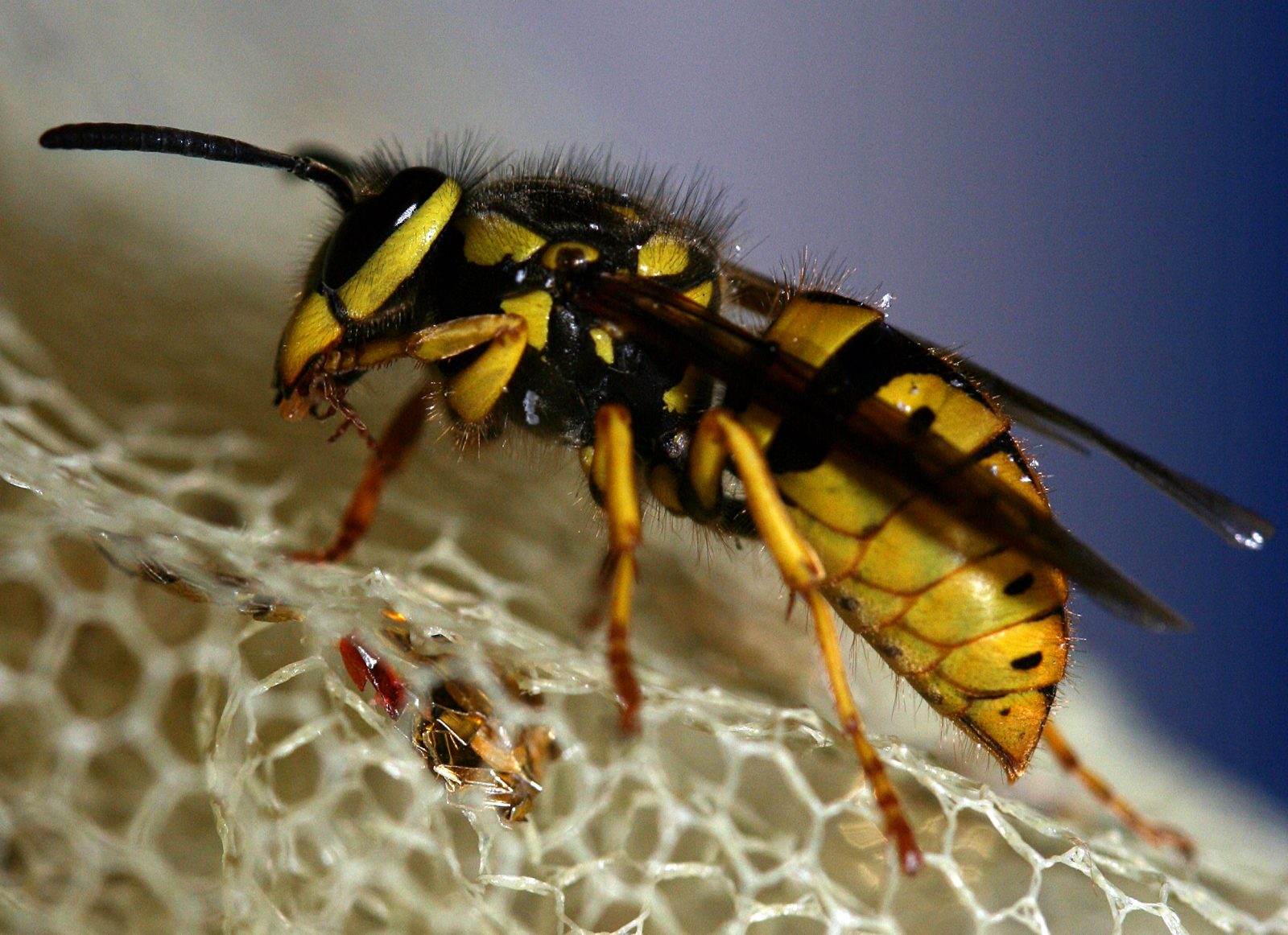
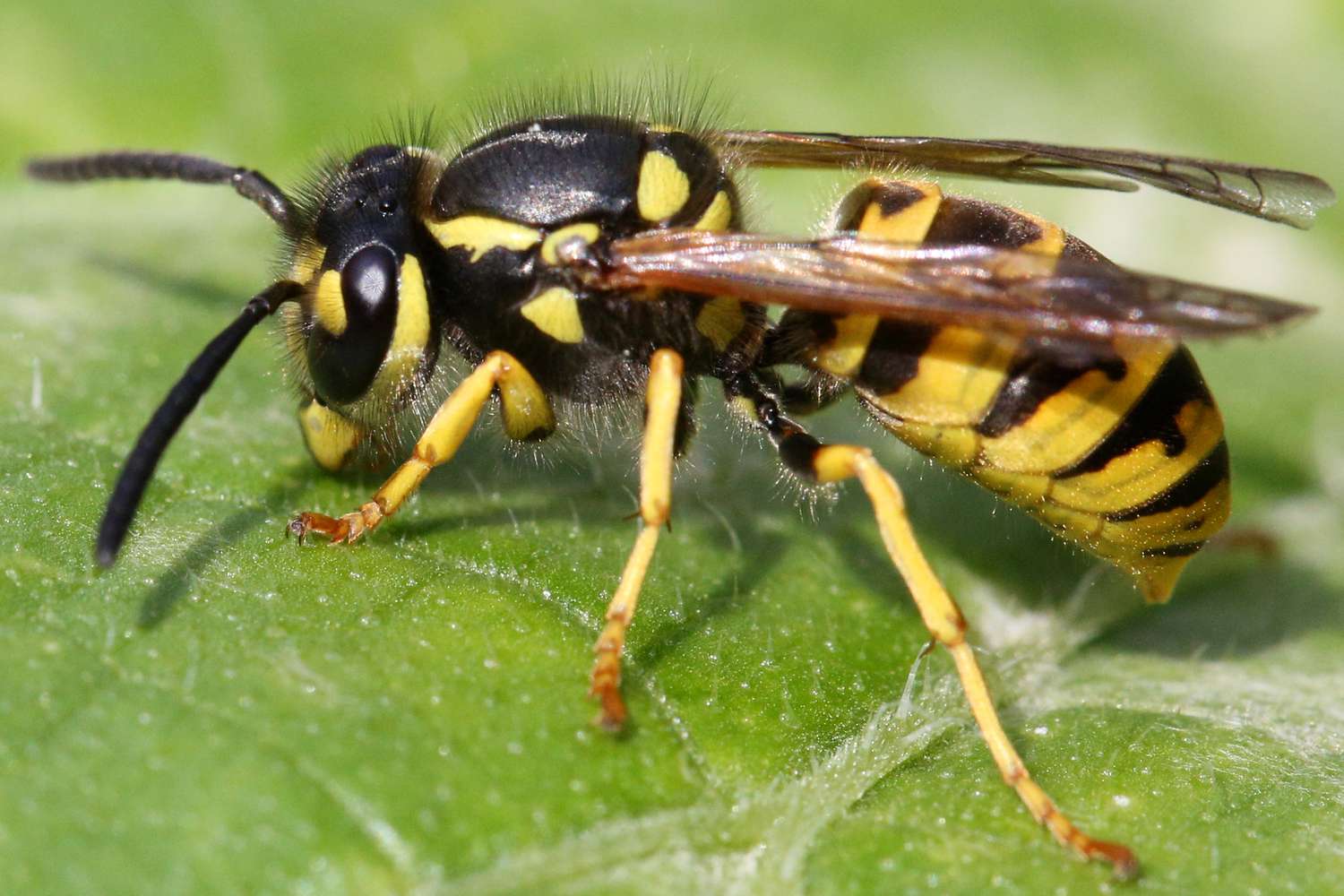
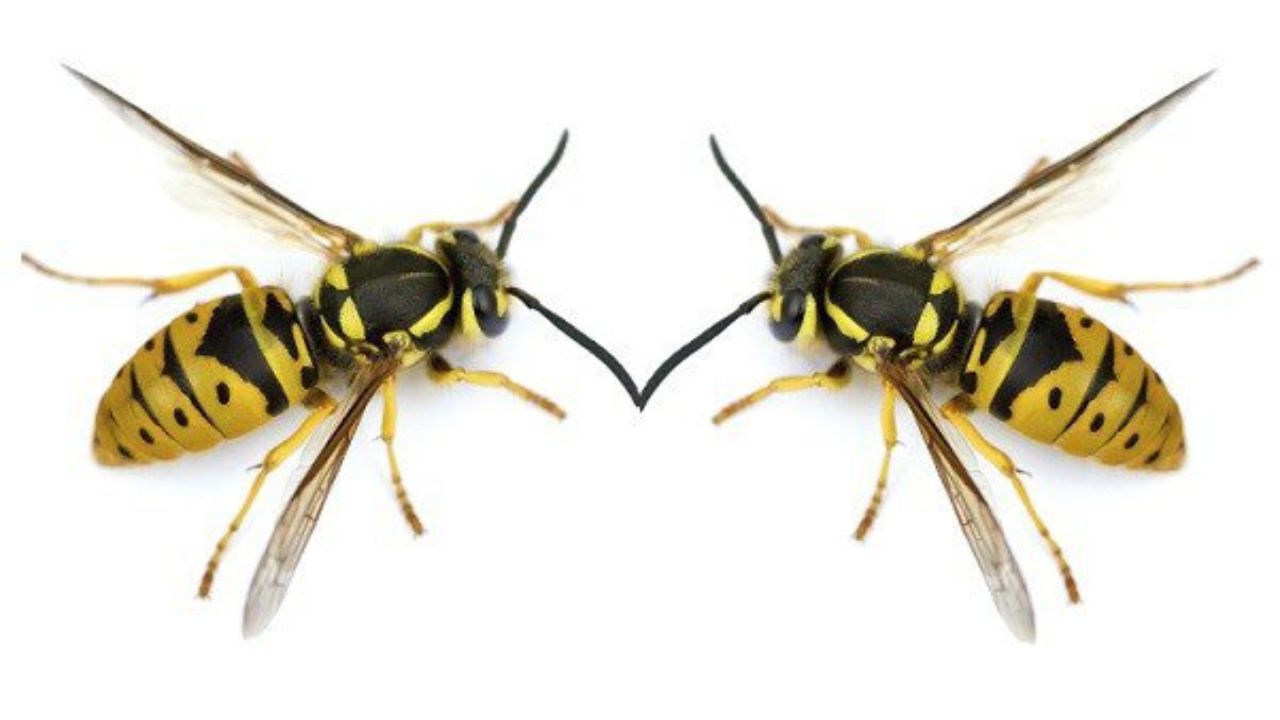
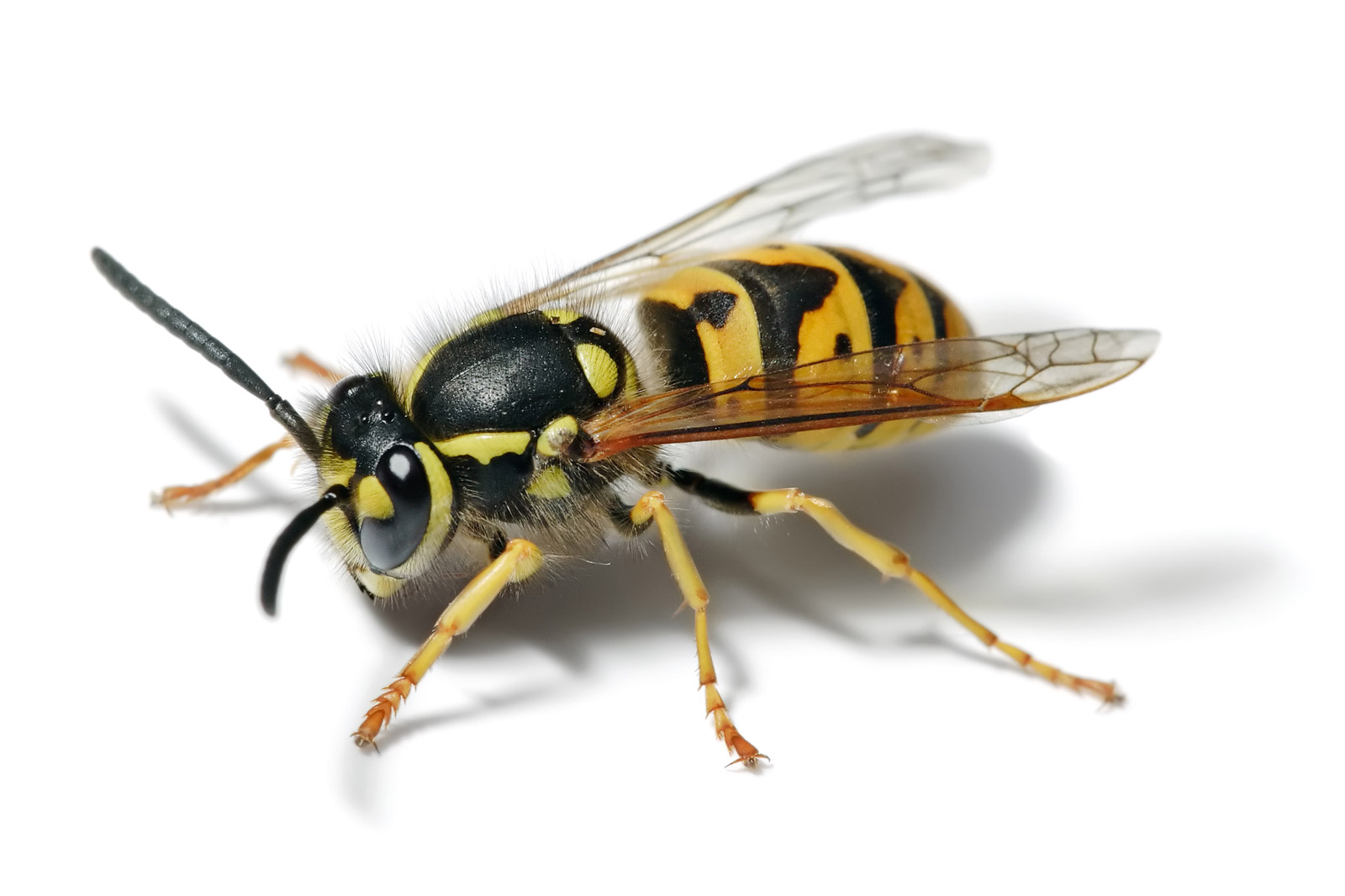
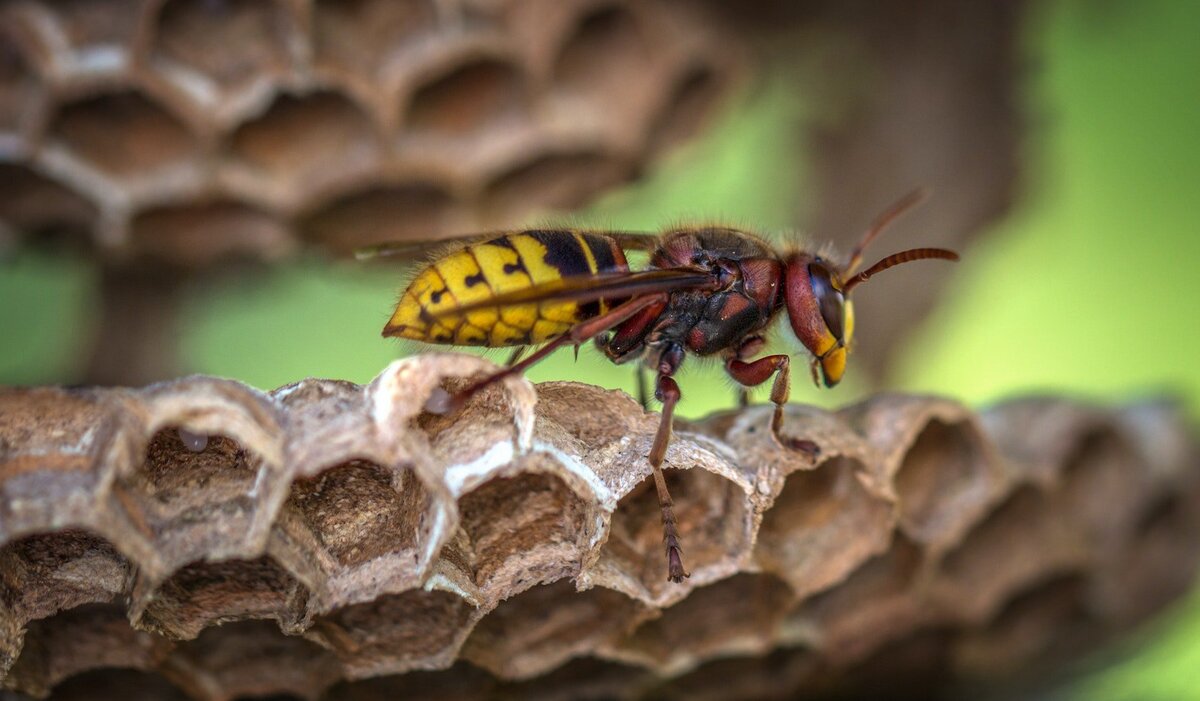
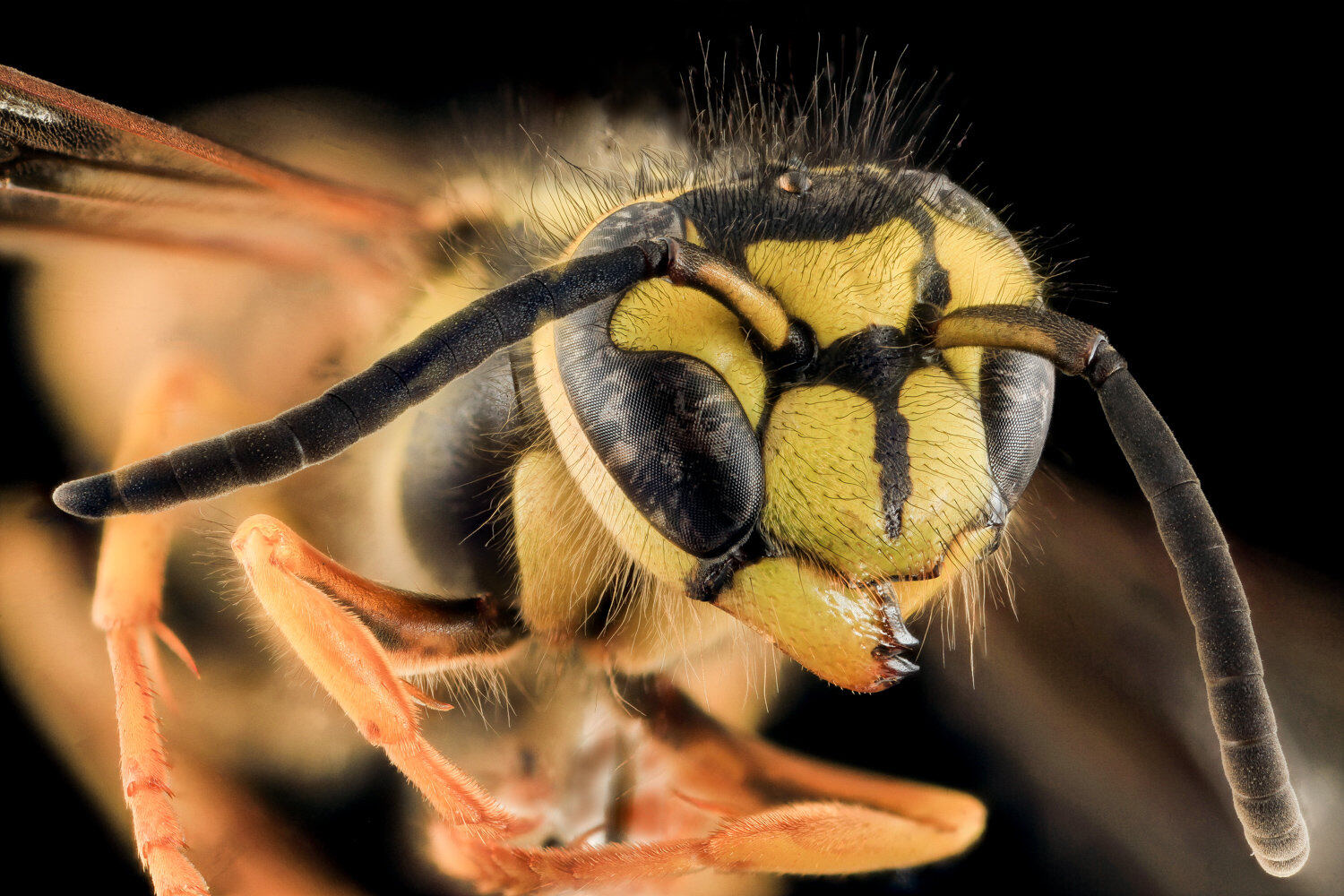
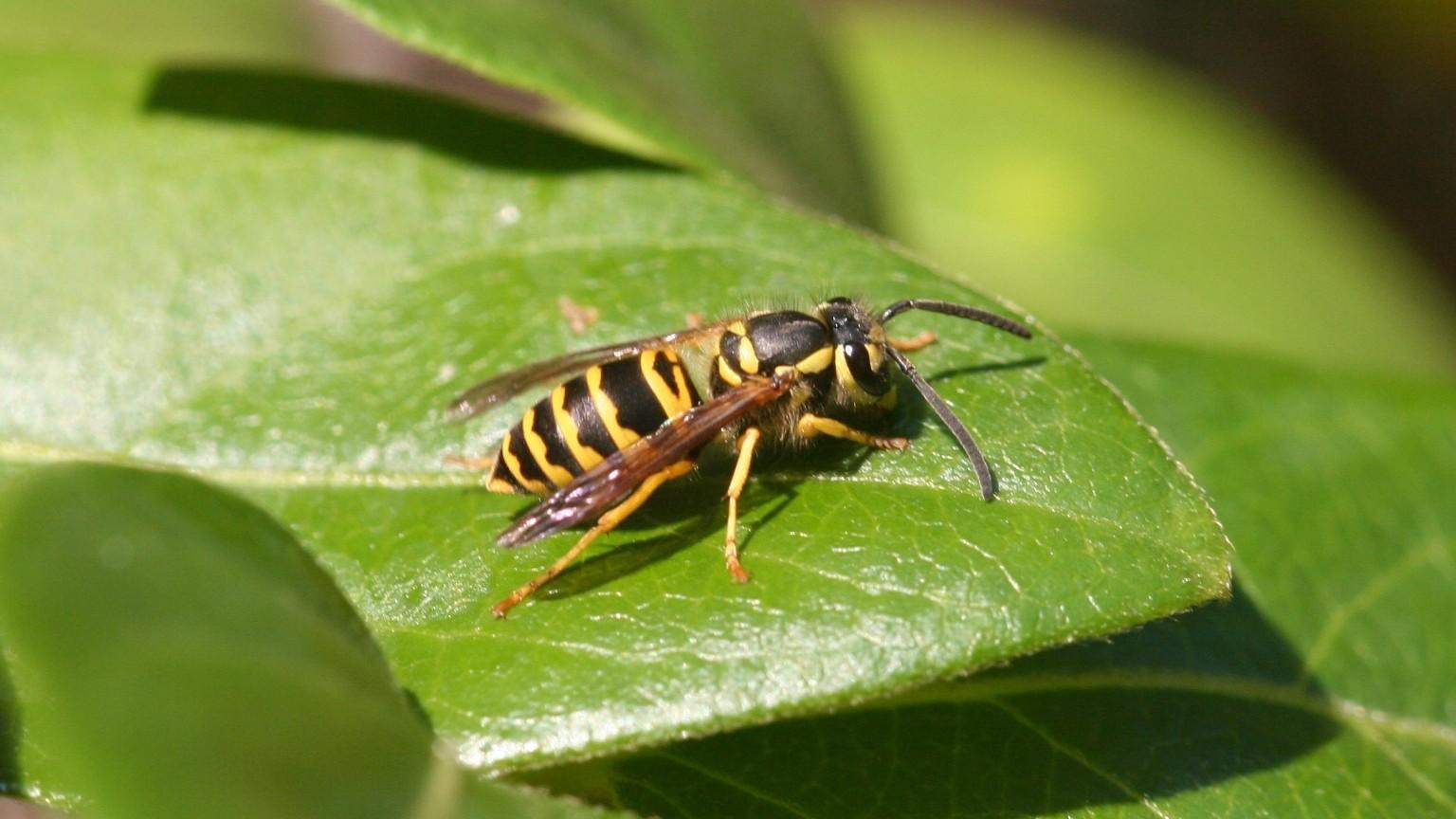

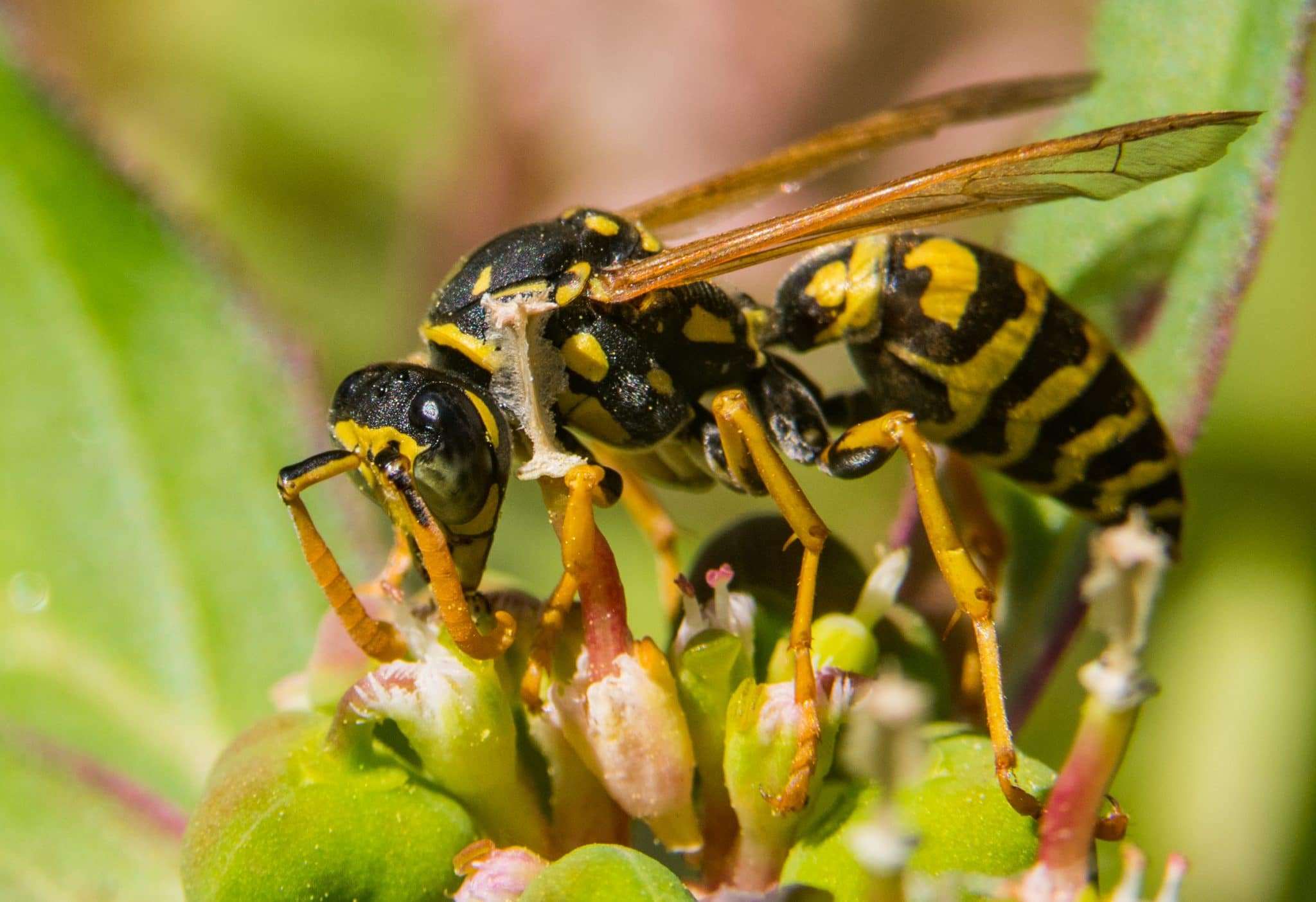
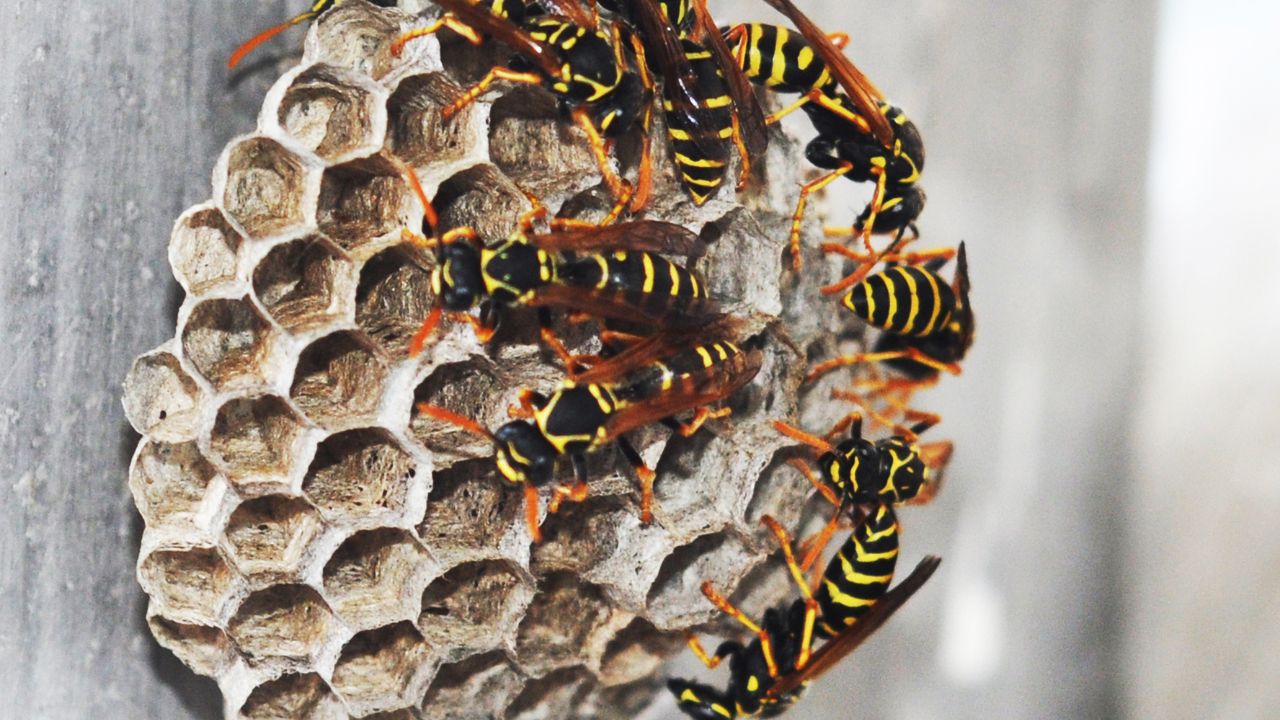
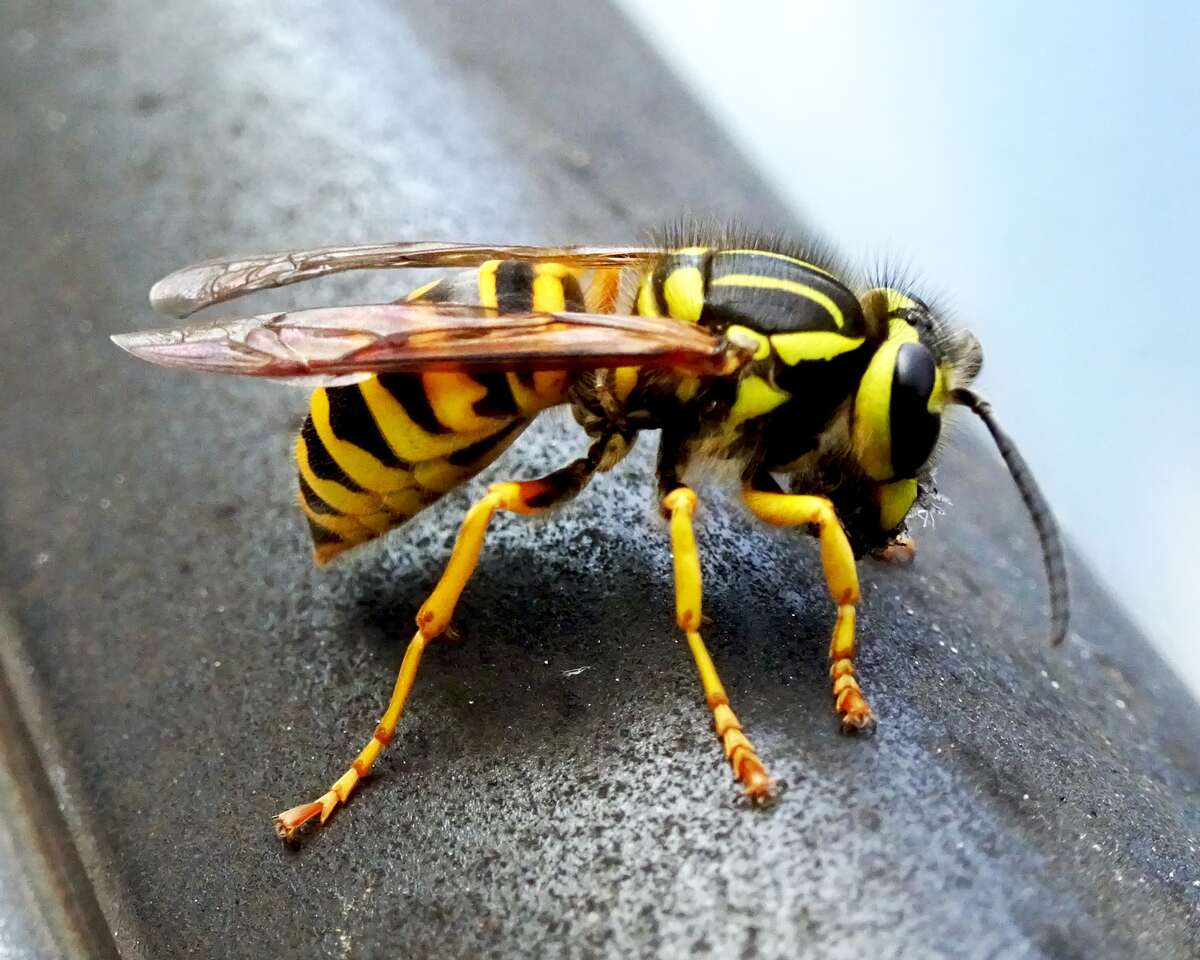
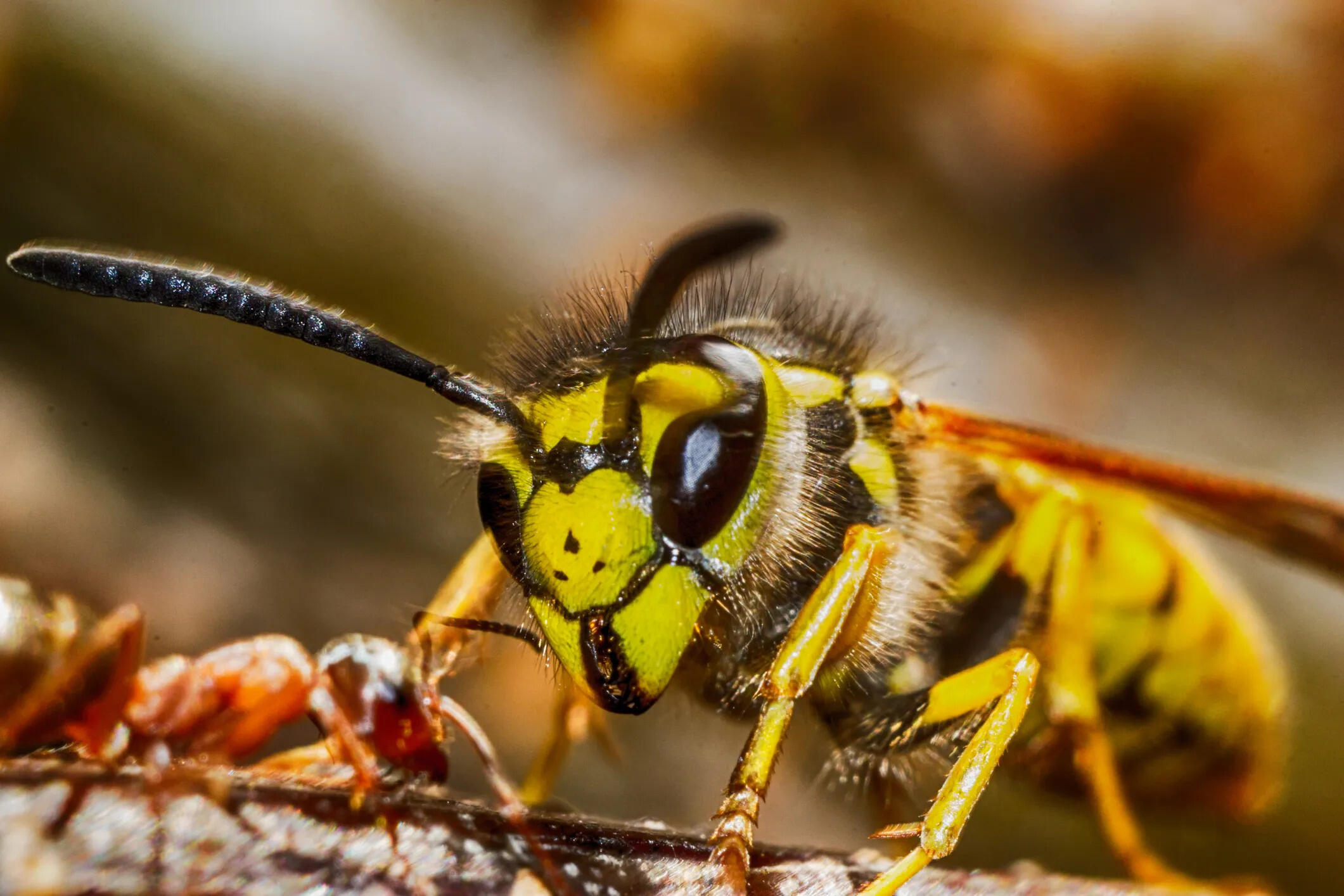
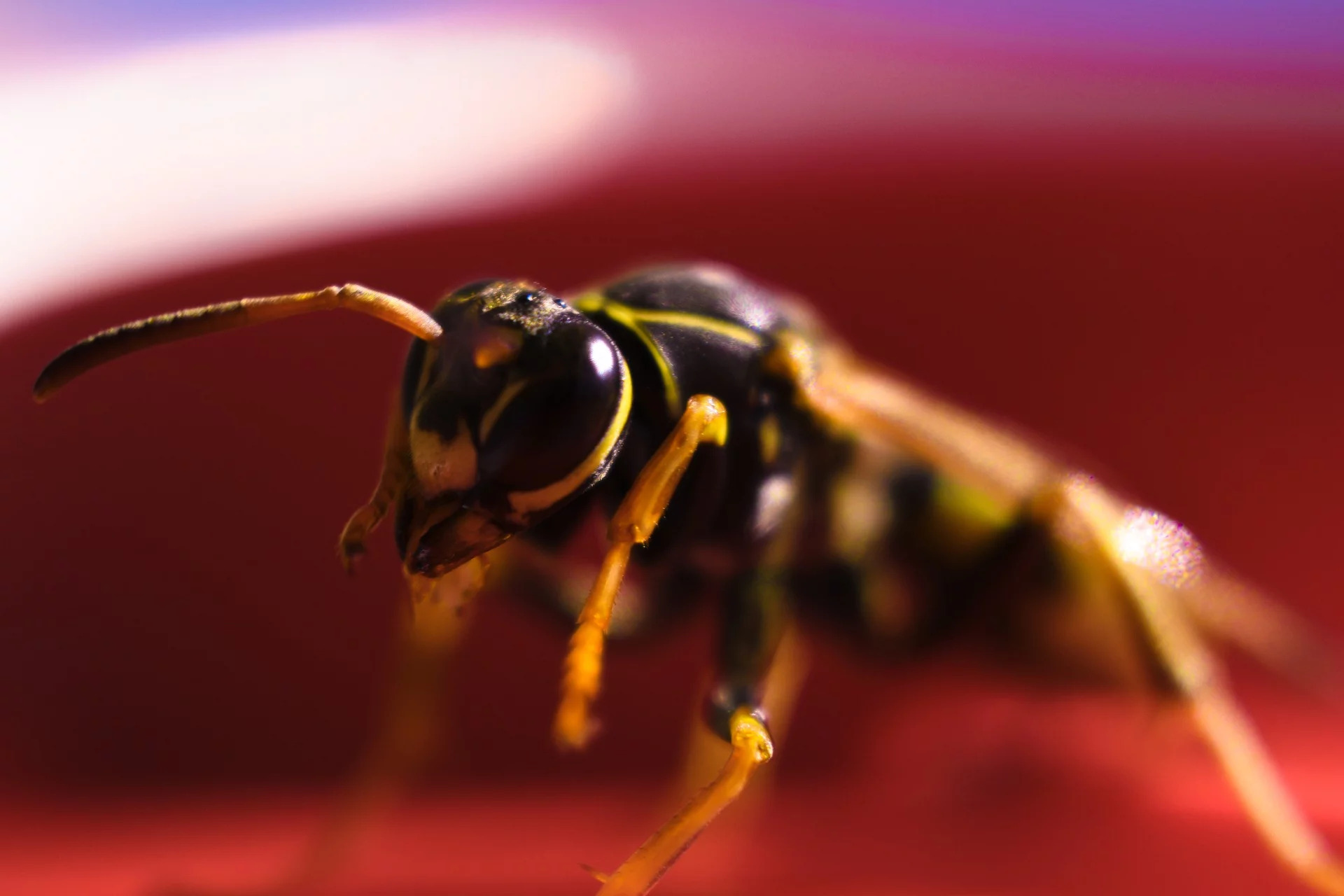

0 thoughts on “Where Do Yellow Jackets Live”